
Hermitage History
Geumjeongam Hermitage, which means “Golden Well Hermitage” in English, is located to the east of Hwaeomsa Temple in Gurye, Jeollanam-do. Geumjeongam Hermitage is one of eight hermitages located on the Hwaeomsa Temple grounds. Geumjeongam Hermitage was first founded by the monk Seol-eung in 1562. Later, the Chilseong-gak Hall and the Yosachae (monks’ dorms) were built during the reign of King Gojong of Korea (1863-1907). During the Korean War (1950-1953), most of the hermitages that surrounded Hwaeomsa Temple were destroyed. Of the numerous hermitages that once stood, Geumjeongam Hermitage is one of the few that still remains at Hwaeomsa Temple. Then in 1991, a fire broke out at the hermitage and destroyed most of the hermitage buildings. The main hall was restored in October, 1999. Later, the Yaksadae-jeon Hall was built. And more recently, the Samseong-gak Hall is currently being constructed.
Hermitage Layout
Through the hermitage parking lot, and up a long set of stone stairs, you’ll pass through the Iljumun Gate at Geumjeongam Hermitage. The stately Iljumun Gate is beautifully adorned with dancheong colours and murals including dragons, cranes, and a white tiger. The artwork on this entry gate is stunning.
Now standing in the hermitage courtyard, you’ll find the administrative office to your far right. And straight ahead of you is the three-story Yaksadae-jeon Hall, which is a beautiful wooden pagoda. The front floral latticework to this pagoda shrine hall is both vibrant and intricate. On the backside of the Yaksadae-jeon Hall is a large mural dedicated to Gwanseeum-bosal (The Bodhisattva of Compassion). And if you look up and around the Yaksadae-jeon Hall, you can’t help but be impressed by the dancheong colours, as well as the murals of Nahan (The Historical Disciples of the Buddha), cranes, dragons, moktak, and lotus flowers. Unfortunately, when I visited, the shrine hall was locked. But looking in through a window, I was able to identify a large standing image dedicated to Yaksayeorae-bul (The Buddha of the Eastern Paradise, and the Medicine Buddha). However, as impressive as the wooden structure is, the interior seemed a little underwhelming.
To the left of the Yaksadae-jeon Hall is the Banyabo-jeon Hall. The main hall is adorned with some more stunning floral latticework. The exterior walls are adorned with Buddhist motif murals. And up near the roof of the main hall, you’ll find a pair of swirling dragon murals. Stepping inside the Banyabo-jeon Hall, you’ll find a golden triad resting on the main altar. In the centre rests a rather chubby image of Amita-bul (The Buddha of the Western Paradise). This central image is joined by Gwanseeum-bosal and Jijang-bosal (The Bodhisattva of the Afterlife), all under a intricate canopy filled with protective dragons and soaring cranes. To the right of the main altar are three shaman paintings (they are stored here, while the Samseong-gak Hall is currently under construction). All three are modern in composition with Chilseong (The Seven Stars) being located in the centre of the three shaman murals. To the right is an image dedicated to Dokseong (The Lonely Saint), who is rather curiously joined by Dongjin-bosal (The Bodhisattva that Protects the Buddha’s Teachings). To the left of Chilseong is a mural dedicated to Sanshin (The Mountain Spirit), who appears to be placing his right foot on top of the tiger’s head. On the far right wall is an elaborate Shinjung Taenghwa (Guardian Mural). And on the far left wall is a mural dedicated to Jijang-bosal.
To the left rear of the Banyabo-jeon Hall is the currently under construction Samseong-gak Hall. And to the rear of the Yaksadae-jeon Hall, almost hidden, is a traditional stone icon dedicated to Sanshin (The Mountain Spirit). Before there were painted images dedicated to this shaman deity starting in the 18th century, there were these icons. They are now rare to find. The only other one that I’ve personally seen in Korea is at Cheoneunsa Temple also in Jirisan National Park.
How To Get There
From the Gurye Intercity Bus Terminal, you’ll need to take a bus bound for Hwaeomsa Temple. This bus leaves every ten to twenty minutes, and the first bus departs at 8 a.m. The final bus leaves Hwaeomsa Temple at 8:10 p.m. From where the bus lets you off, it’s an additional fifteen to twenty minute walk to get to Hwaeomsa Temple. And from Hwaeomsa Temple, you’ll need to continue to head east of the northern part of Hwaeomsa Temple for about 100 metres. The signs should guide you there.
Overall Rating: 5/10
Geumjeongam Hermitage has undergone a lot of recent construction. With that being said, the major highlights to the Hwaeomsa Temple hermitage is the three-story wooden pagoda that is the Yaksadae-jeon Hall. The shaman murals housed inside the main hall, as well as the floral latticework adorning both hermitage shrine halls are other highlights, as well. Also, keep an eye out for the traditional stone icon to the rear of the Yaksadae-jeon Hall, as it’s quite the rarity.
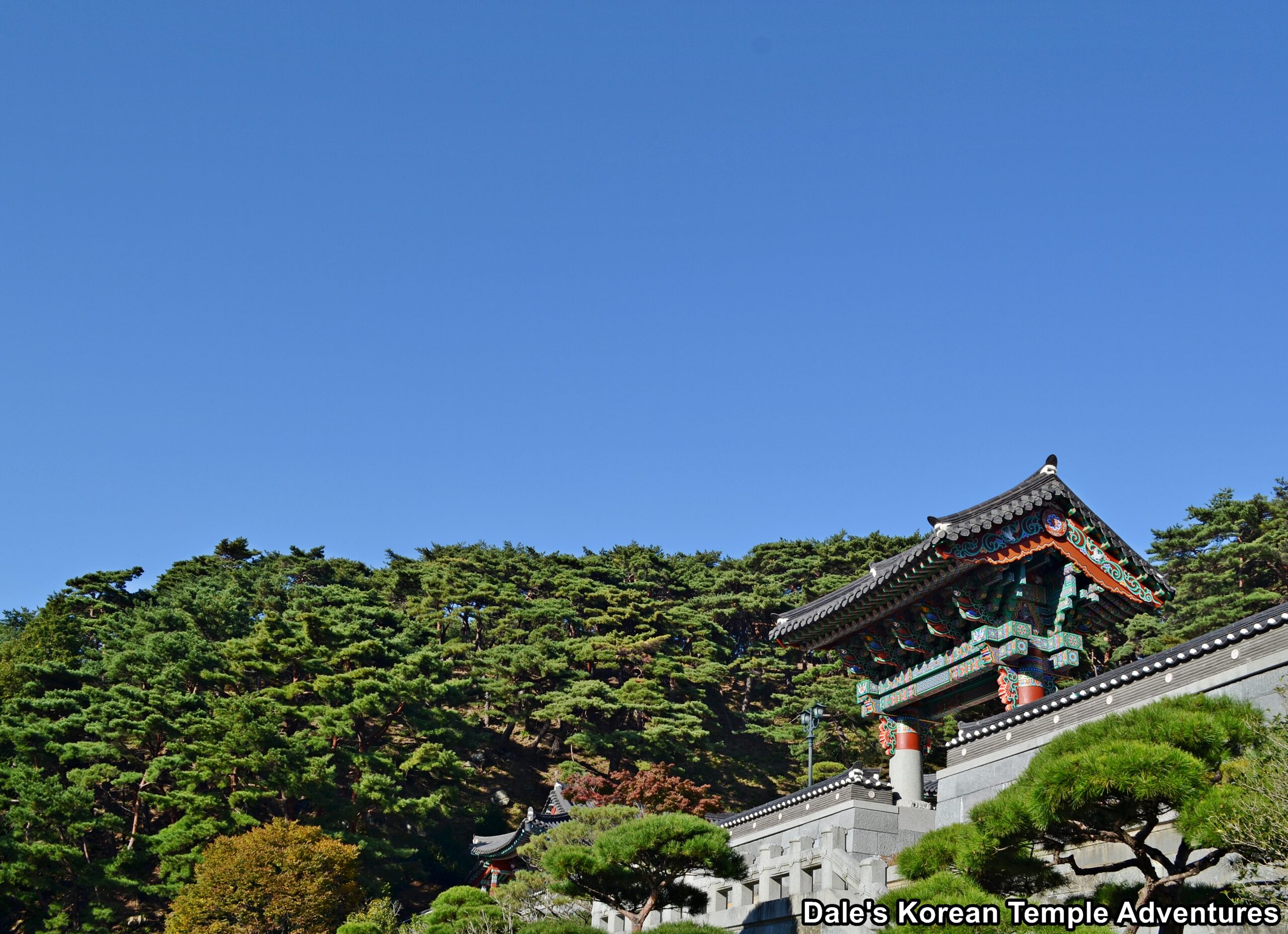

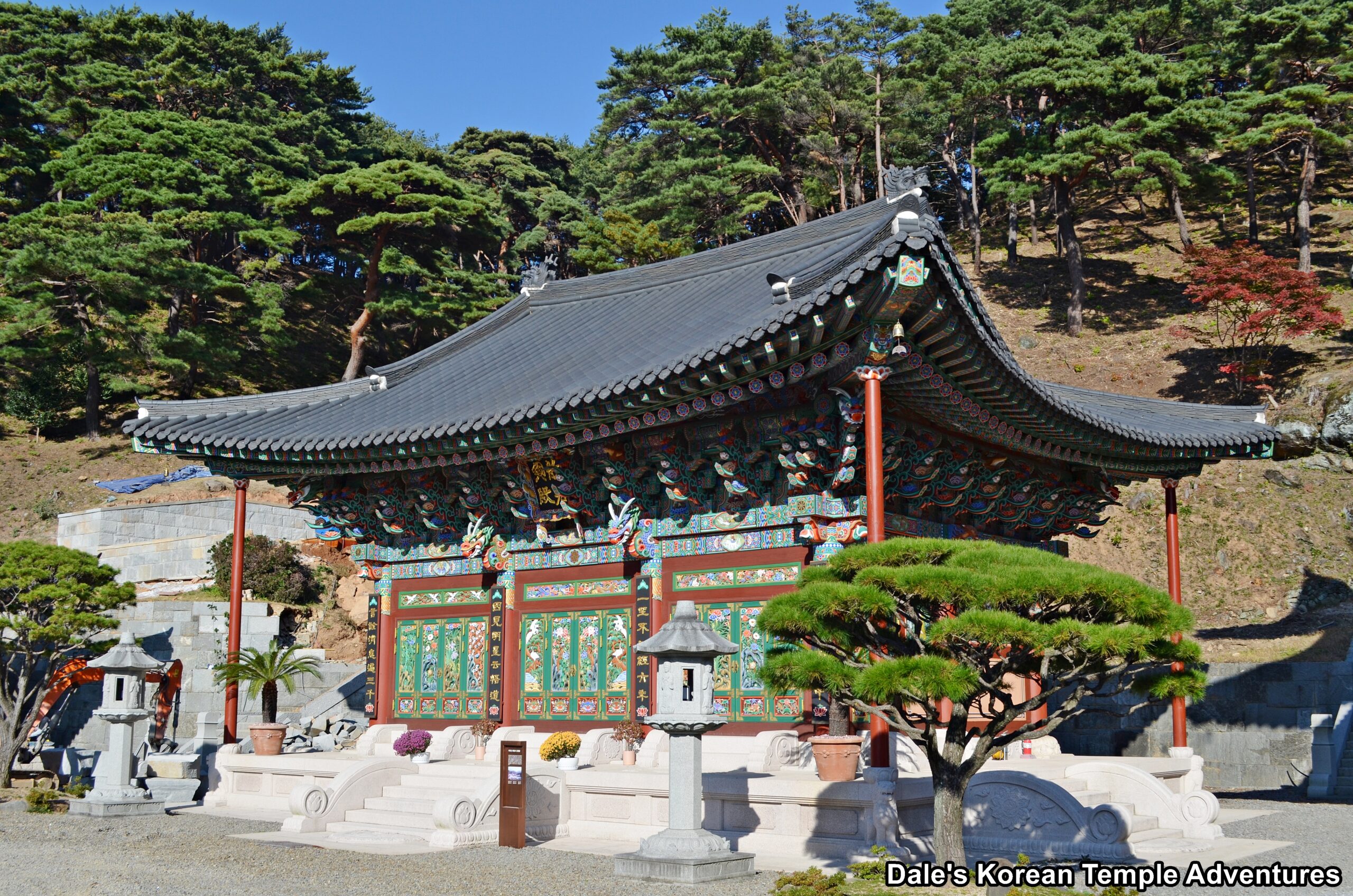

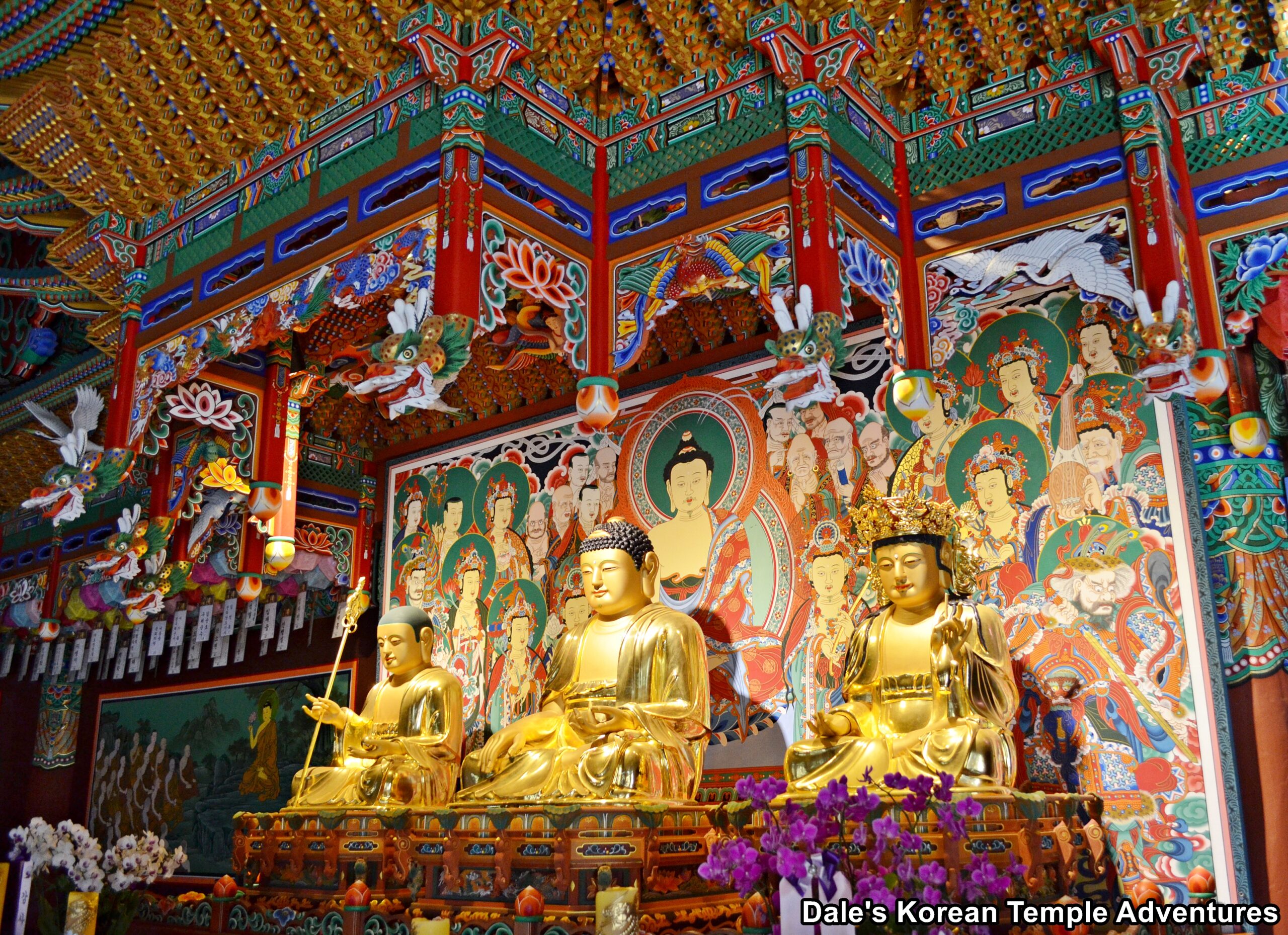
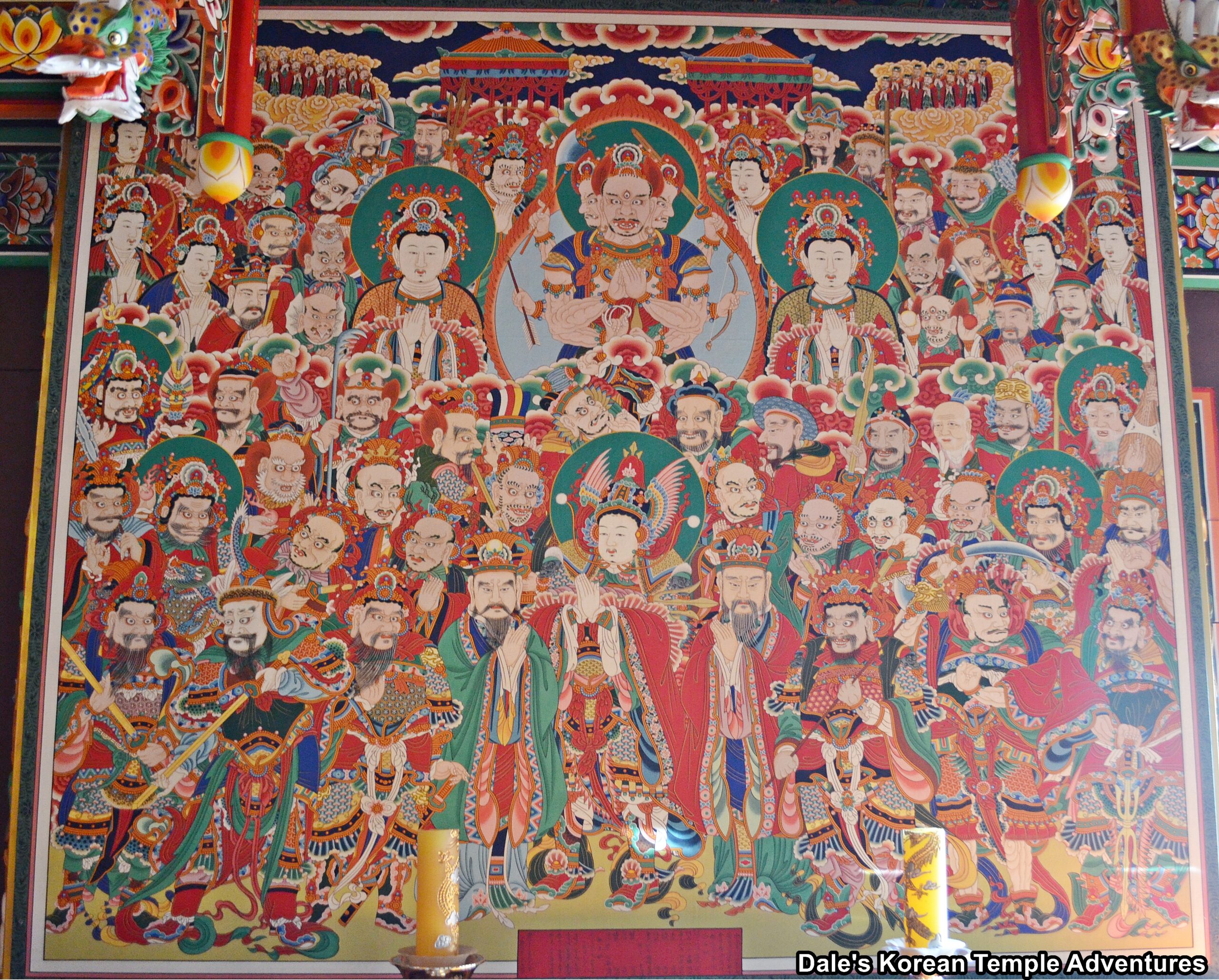
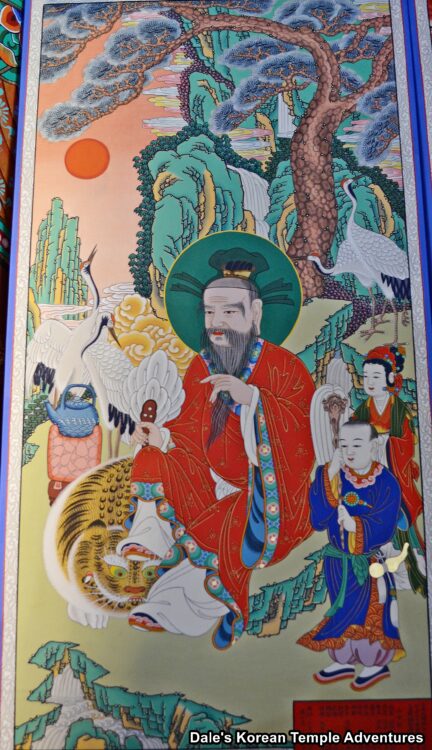
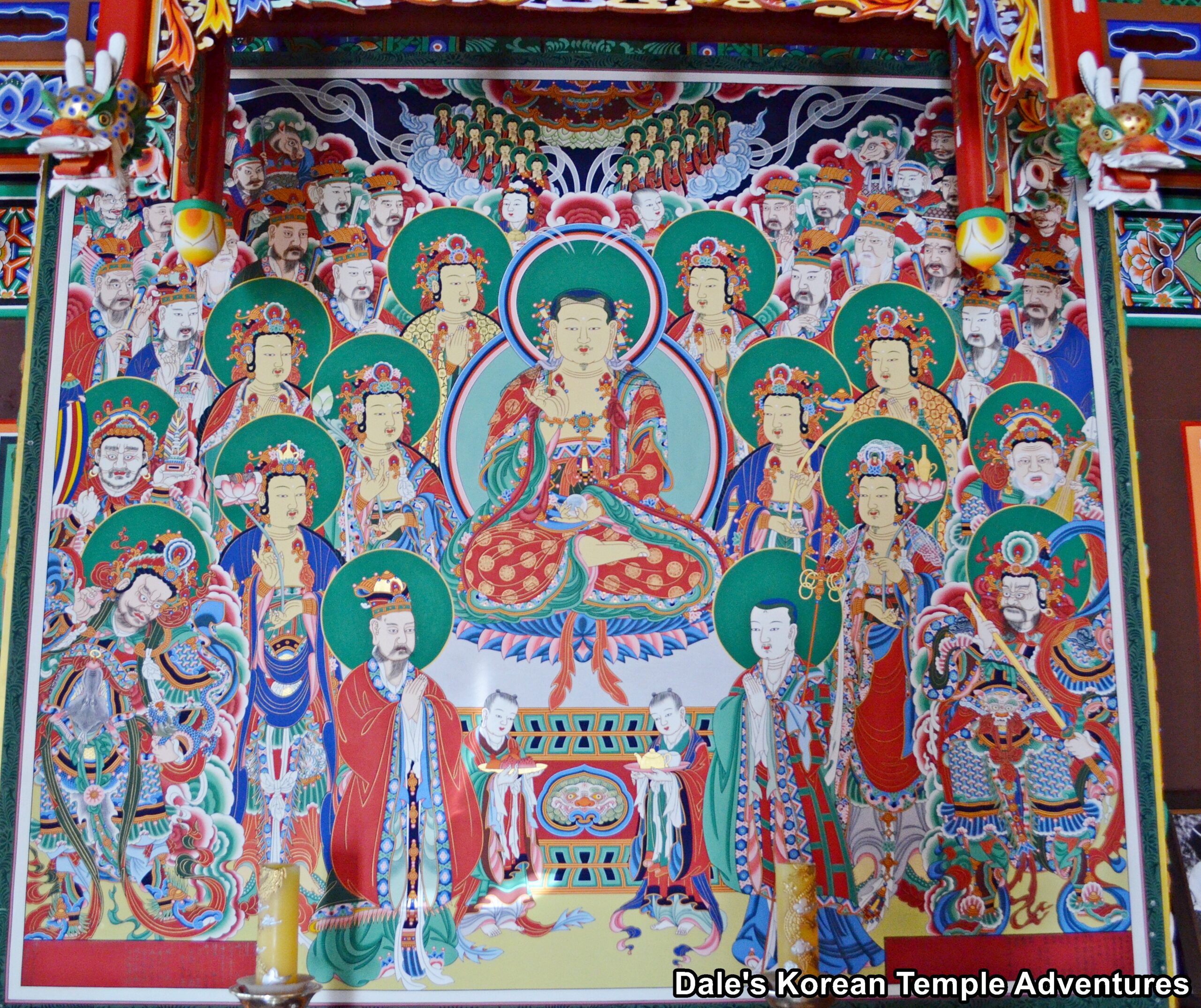
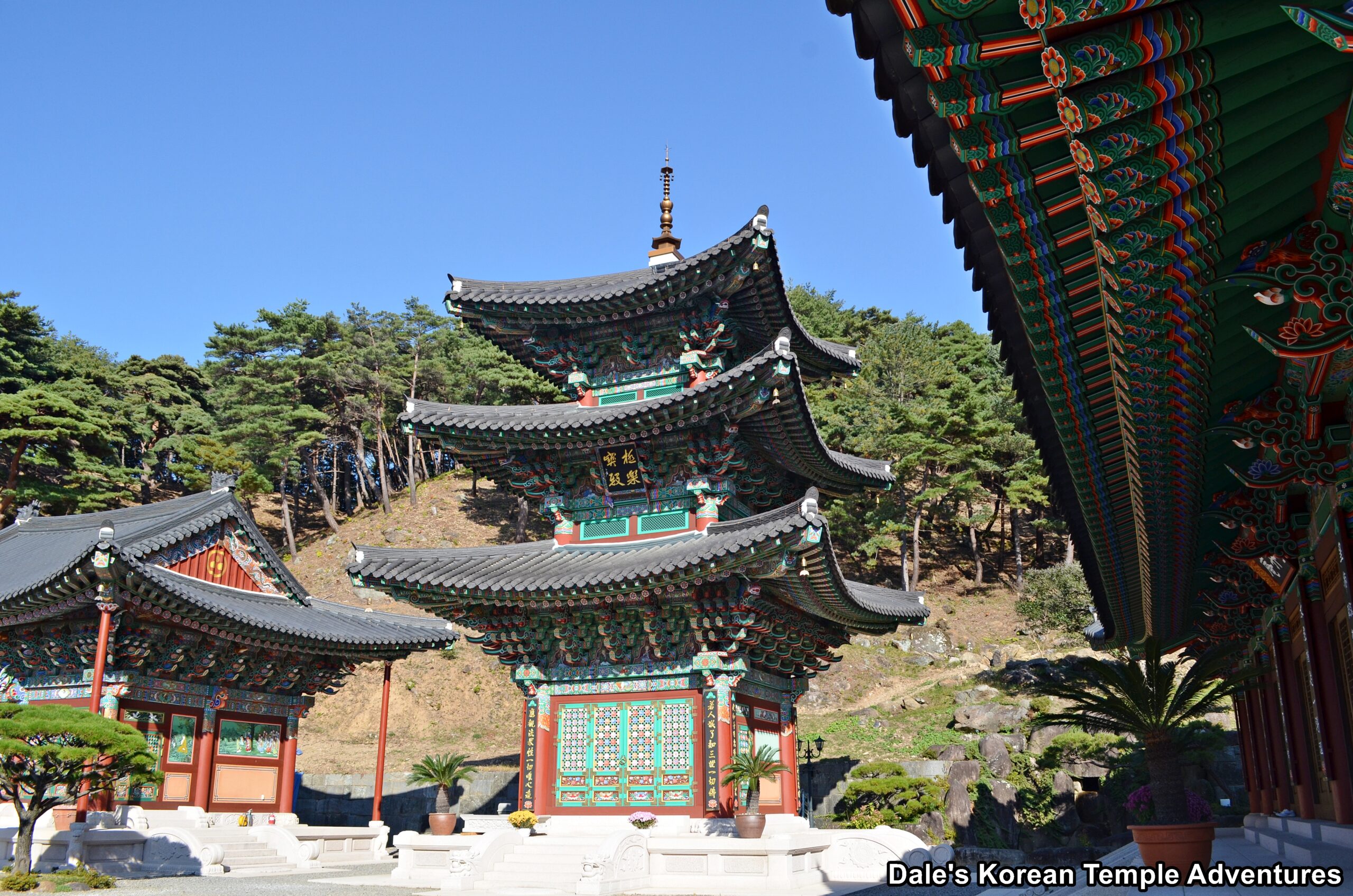
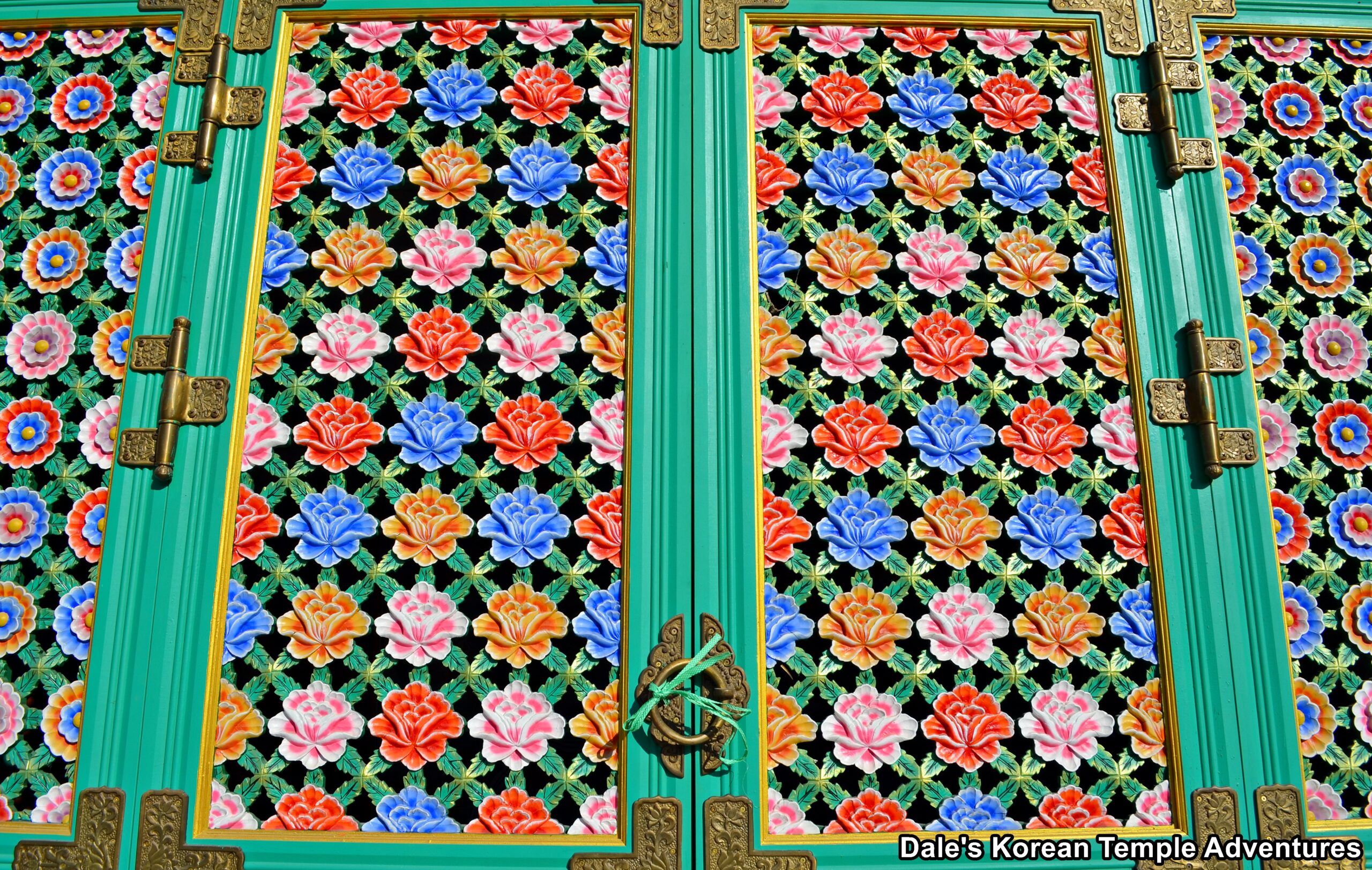
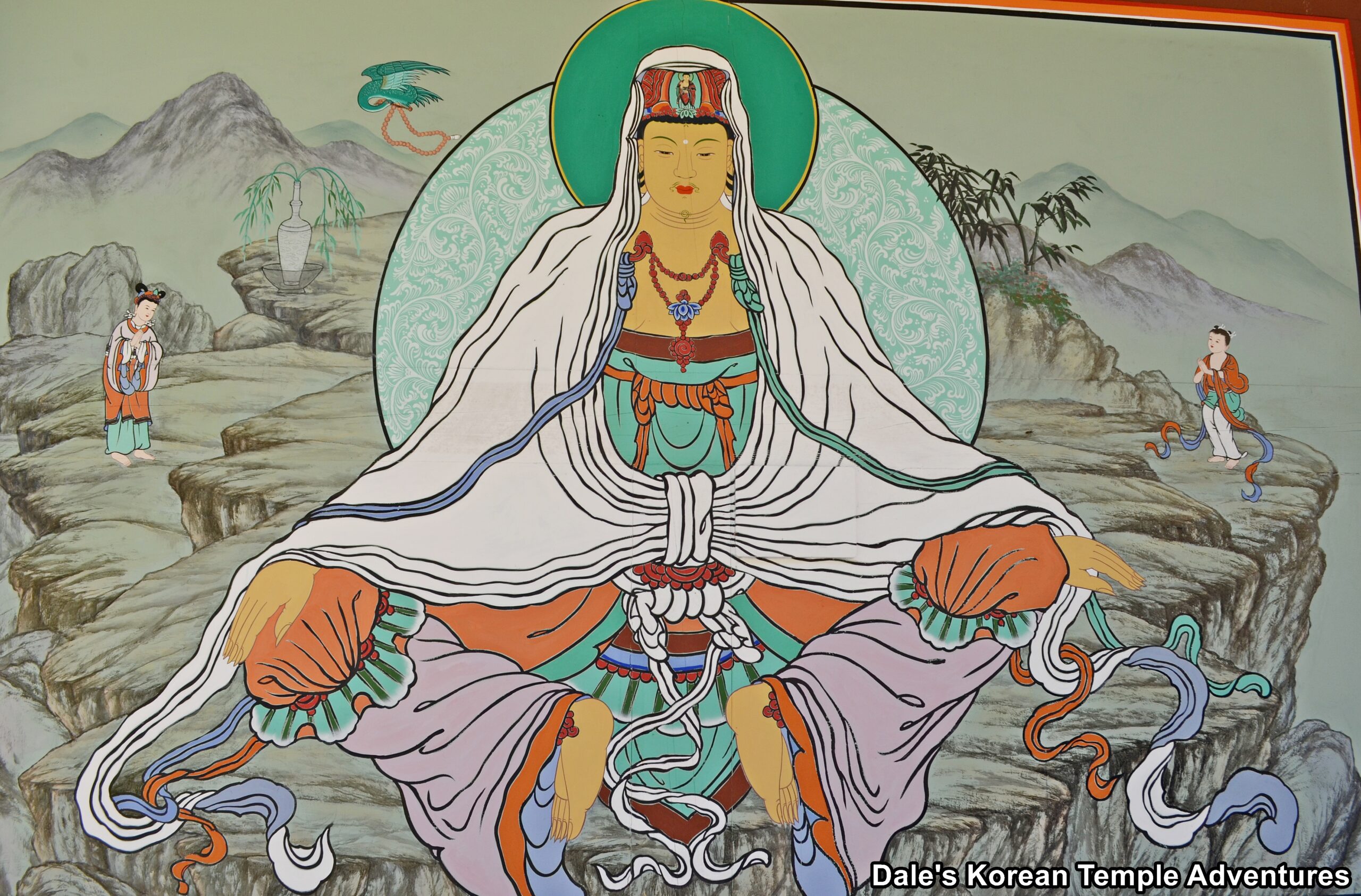
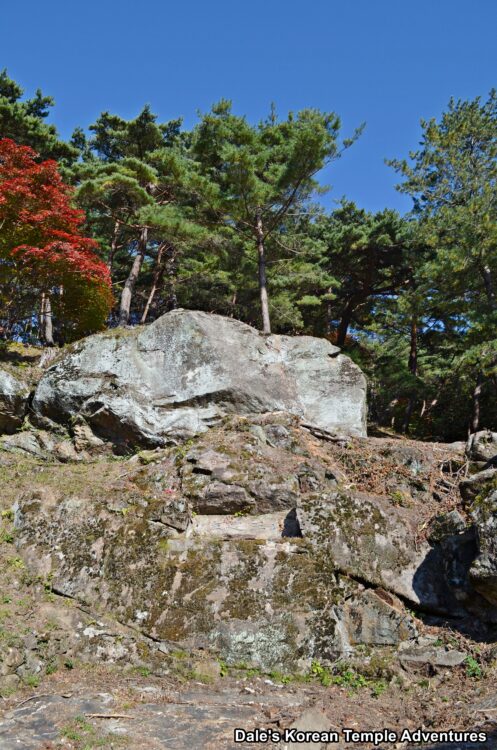
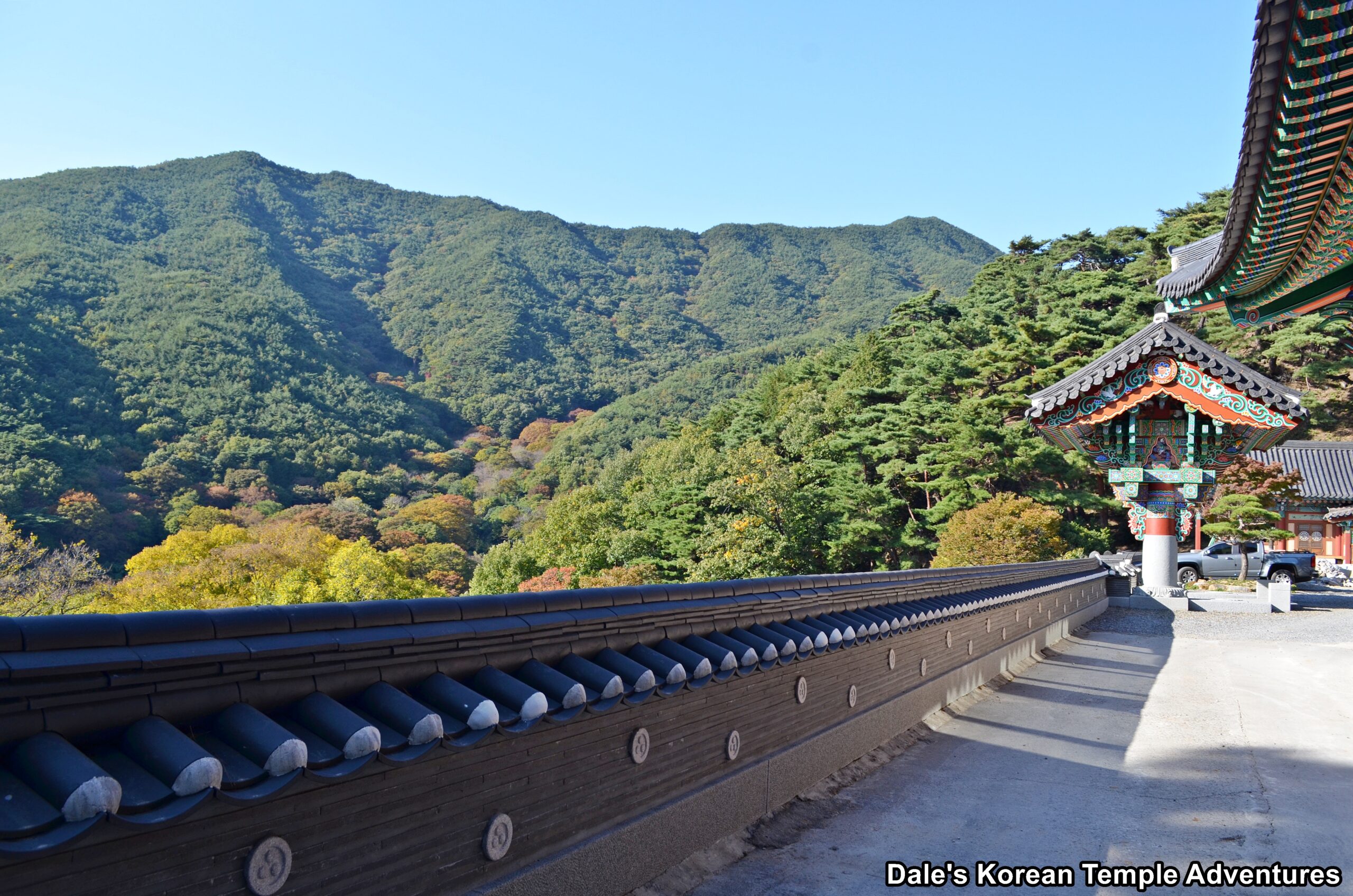


Recent comments